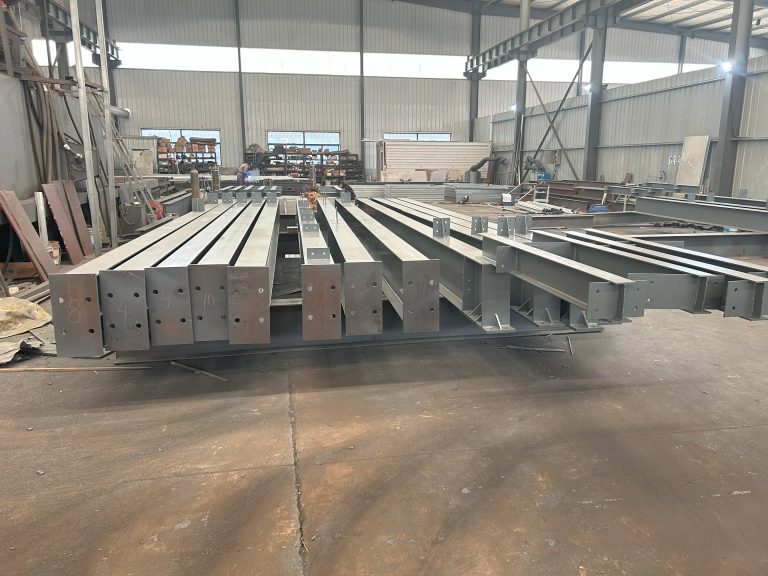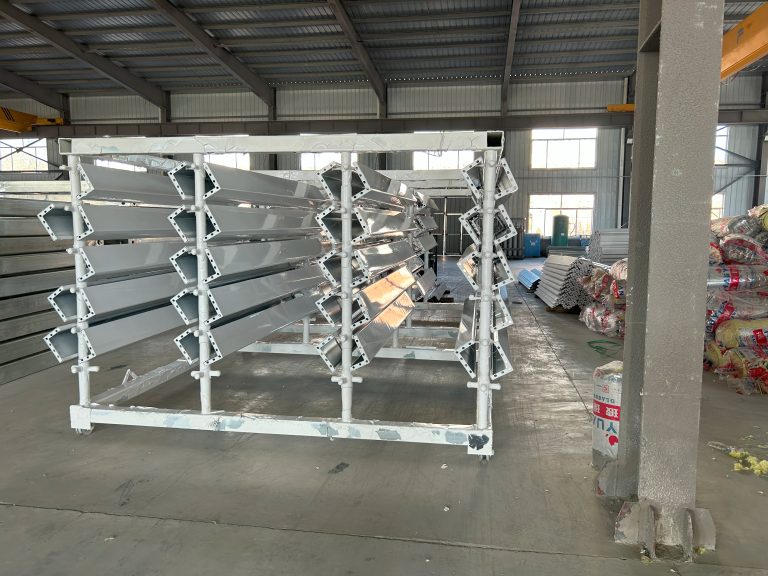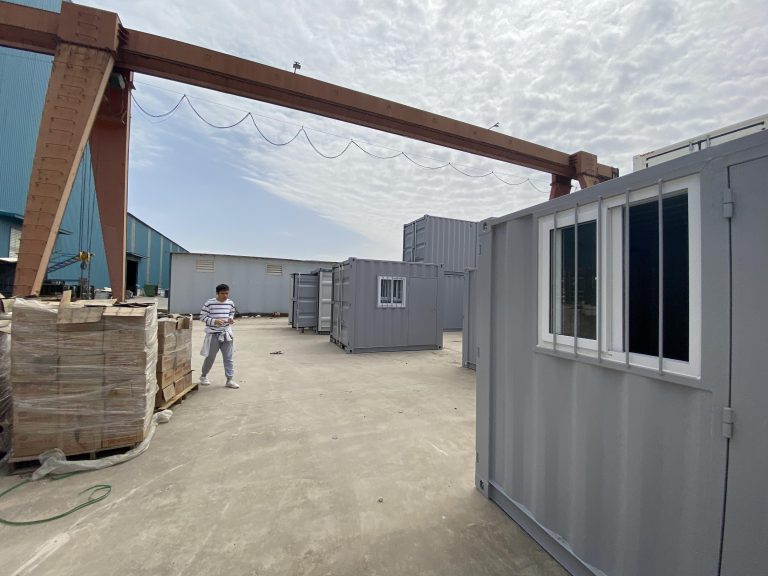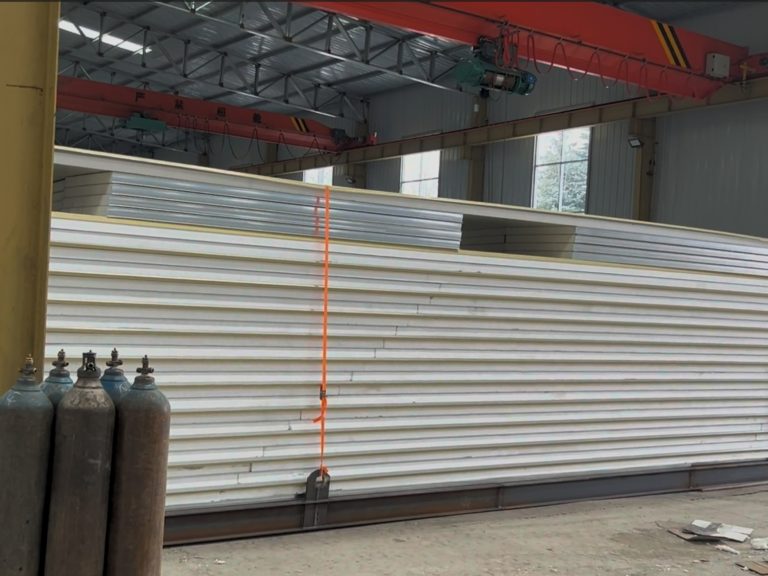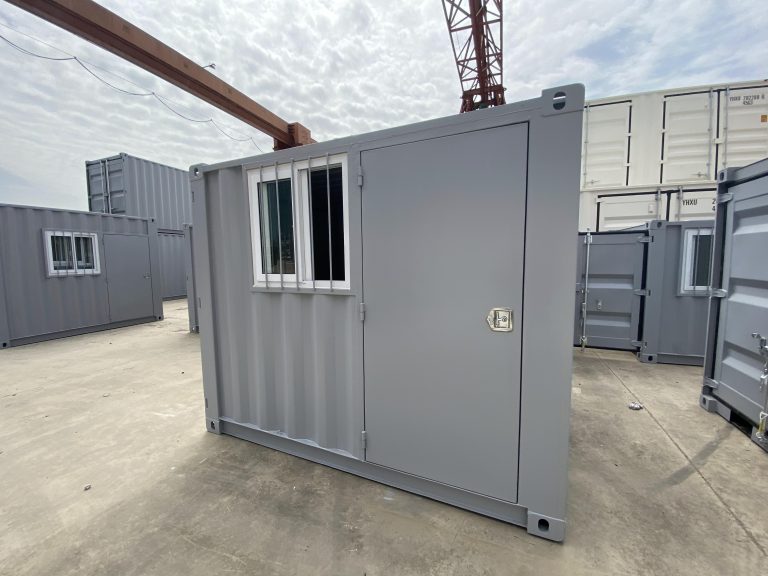Application prospect of intelligent monitoring and maintenance system in long-term operation of steel structure.
Inhoudsopgave
Benefits of Implementing Intelligent Monitoring and Maintenance Systems in Long-Term Operation of Steel Structures
Steel structures are widely used in various industries due to their durability, strength, and cost-effectiveness. However, over time, these structures can deteriorate due to factors such as corrosion, fatigue, and environmental conditions. To ensure the safety and longevity of steel structures, it is essential to implement an intelligent monitoring and maintenance system.
One of the key benefits of using an intelligent monitoring and maintenance system in the long-term operation of steel structures is the ability to detect potential issues before they escalate into major problems. By continuously monitoring the structural health of steel components, any signs of deterioration or damage can be identified early on, allowing for timely repairs or maintenance to be carried out. This proactive approach can help prevent costly repairs or even structural failures, ultimately saving time and money in the long run.
Furthermore, an intelligent monitoring and maintenance system can provide real-time data on the condition of steel structures, allowing for more accurate and informed decision-making. By analyzing the data collected from sensors and monitoring devices, engineers and maintenance personnel can gain valuable insights into the performance of steel components, enabling them to optimize maintenance schedules and prioritize repairs based on actual condition rather than assumptions or guesswork.
In addition to improving safety and reducing maintenance costs, an intelligent monitoring and maintenance system can also enhance the overall efficiency of steel structures. By implementing predictive maintenance strategies based on data-driven insights, downtime can be minimized, and the lifespan of steel components can be extended. This can result in increased productivity and operational efficiency, ultimately leading to a more sustainable and profitable operation.
Another advantage of using an intelligent monitoring and maintenance system in the long-term operation of steel structures is the ability to comply with regulatory requirements and industry standards. By continuously monitoring the structural health of steel components and documenting maintenance activities, organizations can demonstrate compliance with safety regulations and ensure that their structures meet the necessary standards for operation. This can help avoid fines, penalties, or legal issues that may arise from non-compliance.
Moreover, an intelligent monitoring and maintenance system can also improve the overall reliability and performance of steel structures. By identifying potential issues early on and addressing them promptly, the risk of unexpected failures or breakdowns can be significantly reduced. This can help increase the reliability of steel structures and ensure that they continue to perform at optimal levels throughout their lifespan.
In conclusion, the application prospect of intelligent monitoring and maintenance systems in the long-term operation of steel structures is promising. By leveraging advanced technologies and data-driven insights, organizations can enhance the safety, efficiency, and reliability of their steel structures while also complying with regulatory requirements and industry standards. Ultimately, implementing an intelligent monitoring and maintenance system can help organizations maximize the lifespan of their steel structures and ensure their continued success in the long run.
Case Studies Highlighting Successful Application of Intelligent Monitoring and Maintenance Systems in Steel Structures
Steel structures are widely used in various industries due to their durability, strength, and cost-effectiveness. However, over time, these structures can deteriorate due to factors such as corrosion, fatigue, and environmental conditions. To ensure the long-term operation and safety of steel structures, it is essential to implement an intelligent monitoring and maintenance system.
Intelligent monitoring and maintenance systems utilize advanced technologies such as sensors, data analytics, and machine learning to continuously monitor the condition of steel structures and predict potential issues before they escalate. By proactively identifying and addressing maintenance needs, these systems can help prevent costly repairs, downtime, and safety hazards.
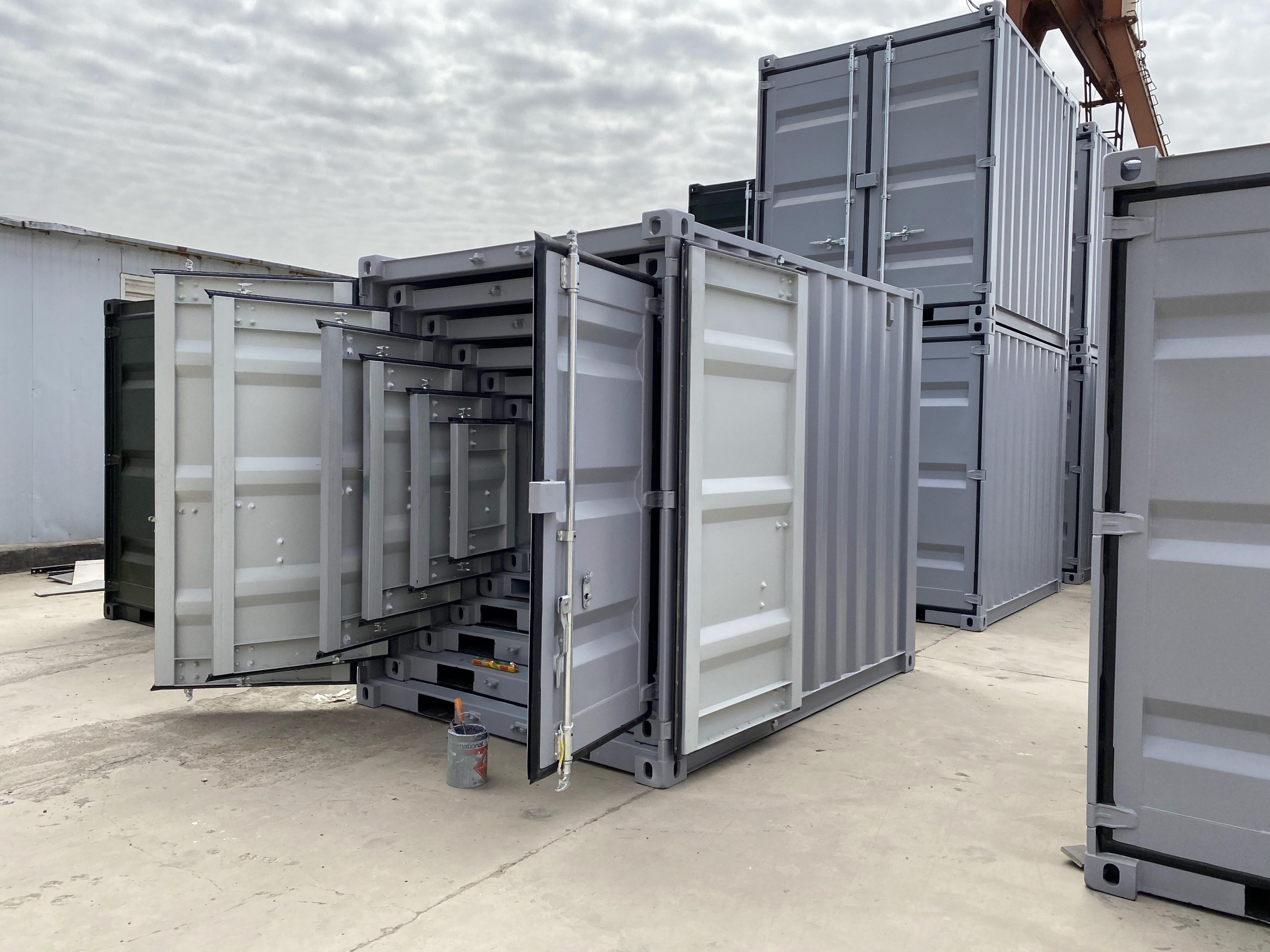
One successful application of an intelligent monitoring and maintenance system in steel structures is the case of a large industrial facility that implemented a real-time monitoring system to track the structural health of its steel beams and columns. By installing sensors at key points on the structure, the system was able to collect data on factors such as temperature, humidity, and vibration levels.
Through data analysis and machine learning algorithms, the system was able to detect anomalies in the structural behavior and predict potential failures. This proactive approach allowed the facility to schedule maintenance activities in advance, reducing the risk of unexpected breakdowns and ensuring the continued operation of the steel structure.
Another example of a successful application of an intelligent monitoring and maintenance system is the case of a bridge that implemented a remote monitoring system to track the condition of its steel cables. By installing sensors on the cables to measure tension, stress, and corrosion levels, the system was able to provide real-time data on the structural health of the bridge.
Through continuous monitoring and analysis of the data, the system was able to detect signs of deterioration in the cables and alert maintenance personnel to take corrective action. This proactive approach helped prevent potential cable failures and ensure the safety of the bridge for years to come.
In addition to monitoring the structural health of steel structures, intelligent monitoring and maintenance systems can also optimize maintenance schedules and reduce costs. By analyzing data on the performance of steel components and predicting maintenance needs, these systems can help prioritize maintenance activities and allocate resources more efficiently.
For example, a steel manufacturing plant implemented a predictive maintenance system to monitor the condition of its machinery and equipment. By analyzing data on factors such as temperature, pressure, and vibration levels, the system was able to predict when components were likely to fail and schedule maintenance activities accordingly.
This proactive approach helped the plant reduce downtime, extend the lifespan of its equipment, and lower maintenance costs. By leveraging the power of data analytics and machine learning, intelligent monitoring and maintenance systems can revolutionize the way steel structures are monitored and maintained.
In conclusion, the application prospect of intelligent monitoring and maintenance systems in the long-term operation of steel structures is promising. By leveraging advanced technologies to continuously monitor the condition of steel components, predict potential issues, and optimize maintenance schedules, these systems can help ensure the safety, reliability, and efficiency of steel structures for years to come. As more industries adopt these innovative solutions, the future of steel structure maintenance looks brighter than ever.

